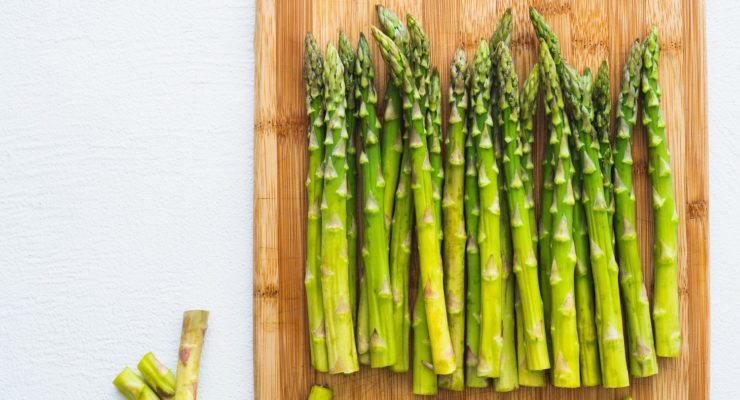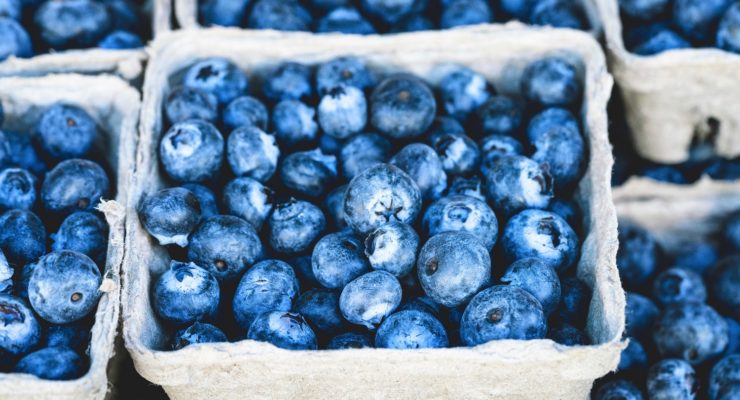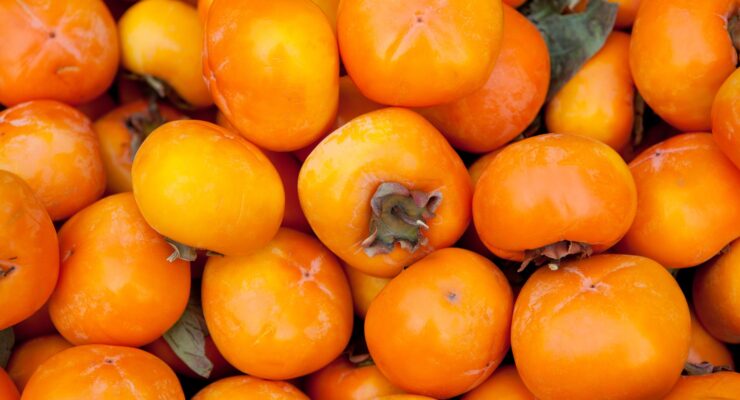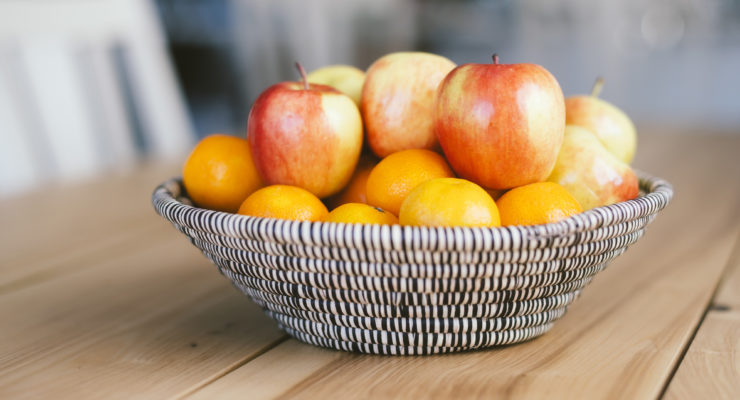Seasonal Eating 101: How to Eat Fresh, Save Money and Boost Your Health
Article posted in: Lifestyle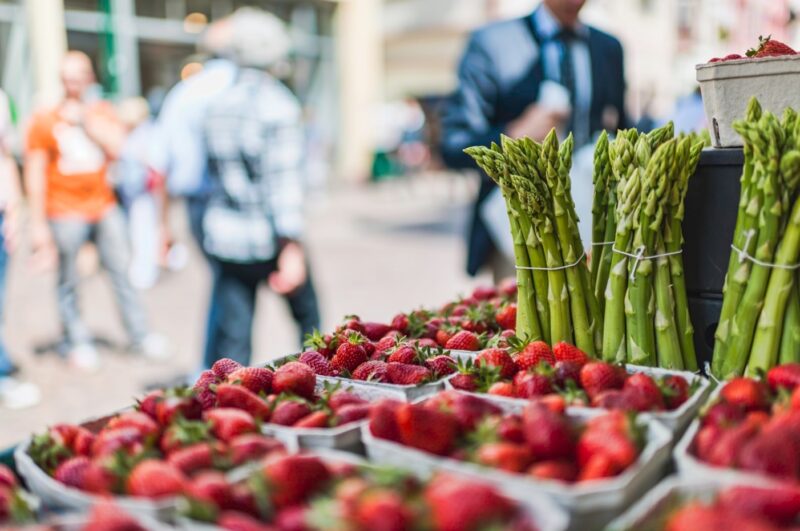
Why Seasonal Eating Matters
Seasonal eating has become popular these days, but the concept is as old as agriculture itself. If you’ve ever grown a garden or bought fresh produce directly from a farm, you know that the many types of fruits and vegetables become ready to eat at different times, based on their own internal schedule and the conditions where they’re grown. Some items last just a few weeks before their brief period of productivity ends until the next year.
Seasonal eating emphasizes choosing fruits and vegetables when they are most abundant. That’s when they are most flavorful and nutritious, too. Many people now focus on seasonal eating because it reduces their impact on the environment. Plus, it’s better for the environment, your local economy, and even your wallet. Best of all, building your meals around produce that’s in season can help you to reach and maintain your ideal weight.
What is Seasonal Eating?
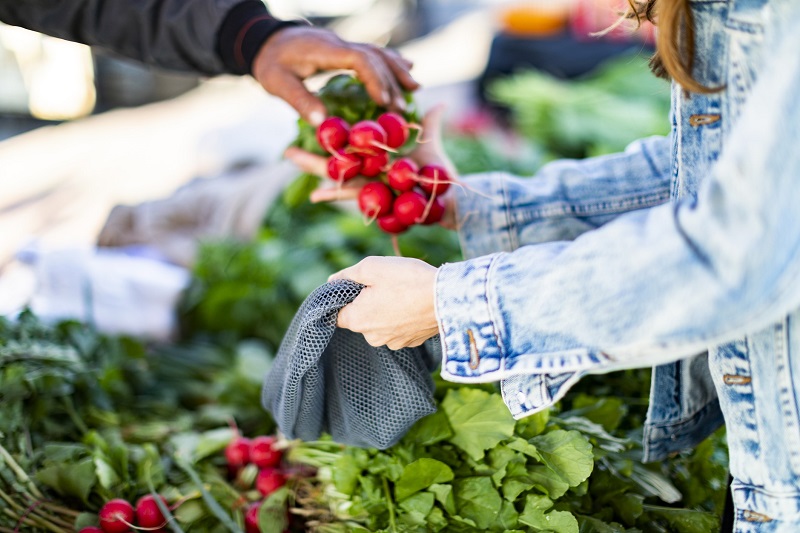
A stroll through the produce section of your favorite supermarket can be deceiving. Most of us live where food doesn’t grow year-round outdoors, yet the shelves offer an almost unchanging selection of vegetables and fruits all the time. That’s because so much of our food is raised in warm-weather climates and shipped to stores from places such as Mexico and Chile, as well as California and Florida. To ensure the produce doesn’t spoil in transit, it is harvested before it is fully ripe.
Vegetables and fruits that are grown closer to where they are sold can be picked when their flavor and nutrition peak because they don’t have to travel thousands of miles. With seasonal eating, you choose the foods that are currently ready for harvest where you are. In most parts of the U.S., you enjoy springtime produce until summer begins and brings a whole new set of choices, followed by another change of items in the fall.
How to Know What Produce is in Season
1. Know Your Climate
Understanding your region’s climate helps you determine what’s in season. If you live in the northeastern U.S., for example, you won’t find locally grown oranges or pineapples. Similarly, fresh, local strawberries won’t be available in early spring in colder areas.
Each season brings a different variety of fresh fruits and vegetables. A general rule of thumb:
- Spring – Leafy greens, asparagus, strawberries, peas
- Summer – Tomatoes, zucchini, corn, berries, peaches
- Fall – Apples, pumpkins, squash, sweet potatoes
- Winter – Root vegetables, citrus (from southern regions), Brussels sprouts
2. Check Online Seasonal Guides
A quick Google search for “seasonal produce in [your state]” can help you identify what’s in season near you. Many websites offer seasonal guides that you can bookmark or print out. Some great resources include:
- Seasonal Food Guide – An interactive tool that lets you search by state, time of year or produce type.
- USDA’s Local Food Directories – Helps locate farmers’ markets and Community Supported Agriculture (CSA) programs that offer in-season produce.
- USDA Seasonal Produce Guide – Browse through produce available by season.
3. Shop at Local Farmers Markets
There is no better barometer for what’s in season in your area than your local farmers market. Because farmers can only grow produce that is native to their regions, they will only offer for sale what can be grown in that climate and produce specific to each season. Strike up a conversation with a farmer or two to learn more about seasonal produce in your area.
The Health Benefits of Eating Seasonally

You hear a lot about freshness when you’re shopping for produce. That’s because fruits and vegetables begin to deteriorate as soon as they are harvested.
“Most fruits and vegetables are composed of 70 to 90 percent water and once separated from their source of nutrients (tree, plant, or vine) undergo higher rates of respiration, resulting in moisture loss, quality and nutrient degradation, and potential microbial spoilage,” says a report from the UC-Davis Postharvest Research and Extension Center.
The sooner produce reaches you, the fresher and more nutritious it will be. Fruits and vegetables raised in the warm southern and western states typically take at least five days after harvest to reach supermarkets in other regions, while items from outside the U.S. can take several weeks to become available to consumers.
The loss of nutrients as the food travels is substantial. Fresh-picked produce may have twice the amount of some vitamins and antioxidants than those that have been shipped a long distance, according to a research paper published by the University of Hawaii.
What’s more, “careless handling, mechanical harvesting methods, storage at improper temperatures, and lengthy or rough transport can all reduce the quality and nutritional value of fresh produce,” say the researchers in Hawaii.
When you eat seasonally, your food is picked fully ripe and at its highest nutrient content. Local fruits and vegetables don’t travel far and aren’t stored for extended periods, which preserves their vitamins and minerals. Your produce reaches your plate when it’s perfectly juicy or crisp, plump or tender, and you get the maximum satisfaction and nourishment from it.
Economic Benefits of Seasonal Eating
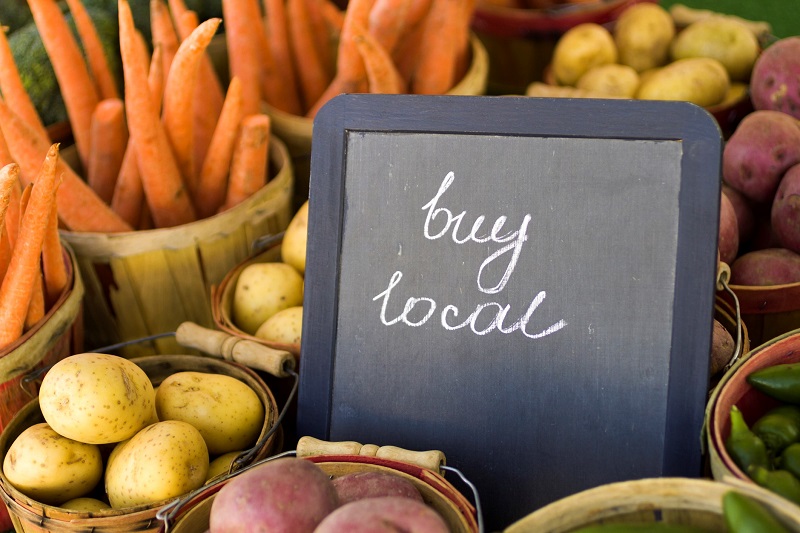
When fruits and vegetables are in season, there’s an abundance of them. And because local produce isn’t shipped or stored, the time window for selling it can be brief.
An abundant supply and the need to sell quickly usually leads to low prices. Items that are in season tend to be the best deals in the produce section at grocery stores, and they’re available at reasonable costs directly from the growers at farmers markets and on-farm stands.
Buying from local farmers has a positive impact beyond the low price for consumers. All the money you spend goes directly to the farmer, not distributors and other intermediaries who take a cut. You help to provide income to a farming family in your community and their workers, and that money recirculates into other nearby businesses as the farmers use it for their needs. This helps sustain a vibrant local economy.
So much farmland across the U.S. is sold off to developers every year because of the challenging economics of small-scale agriculture. Buying food from local farmers provides them with essential financial support that helps them stay on their land, which preserves open spaces in your community.
Environmental Impact: Reducing Your Food Miles

When you see out-of-season items on produce shelves, like tomatoes in winter, they’ve traveled thousands of miles from where they were picked. Transporting and storing them requires a lot of fuel and other resources. Some items may be grown closer to you, but in large greenhouses where they are kept heated, under artificial lights and watered constantly.
How far your meal travels from where it was produced to your plate, or your “food miles,” is a big contributor to your impact on the environment. By reducing your food miles, you help to sustain our natural resources for future generations.
Getting closer to the sources of your food also gives you a better understanding of the farming practices of the growers. You can ask the producers if they use organic or eco-friendly methods, and if they avoid toxic pesticides that are known to be harmful to people, pets and wildlife. You protect your health, your family and all living things by seeking out seasonal produce that’s raised naturally.
Culinary Advantages: Discovering New Flavors
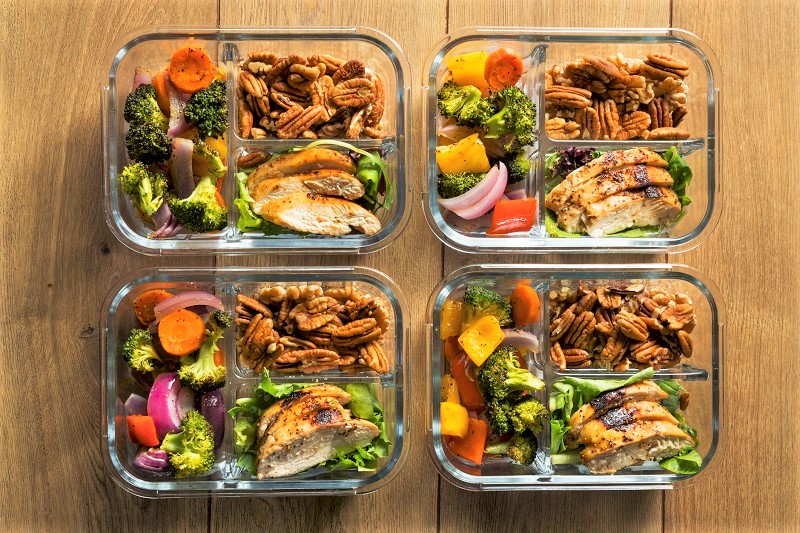
The freshest fruits and vegetables taste best, so they inspire you to find exciting ways to eat them. And they’re at their most nutritious, so you get the maximum value for your health. That’s why seasonal eating is the most rewarding diet for weight loss.
The choice to try to eat whatever is in season might seem like it would limit what you consume. But as you explore the changing options, you are likely to discover many types of unique, delicious produce you might not ordinarily encounter.
Sugar snap peas, for instance, have the sweet flavor of peas with the crunchy pods of green beans. They grow in the cool weather of spring and are ready for harvest as soon as the temperatures warm up. By early summer, they’re no longer available. We love them in our Garlic Soy Sheet Pan Tofu recipe, an easy and filling Flex meal.
Adding a variety of fruits and vegetables to your meals keeps you excited about healthy eating! Cooking with fresh, in-season ingredients also inspires creativity in the kitchen. For example:
- Spring: Try fresh asparagus in a frittata.
- Summer: Make a juicy peach and tomato salad.
- Fall: Roast butternut squash with cinnamon.
- Winter: Warm up with a hearty lentil and root vegetable stew.
Tips for Eating Seasonally
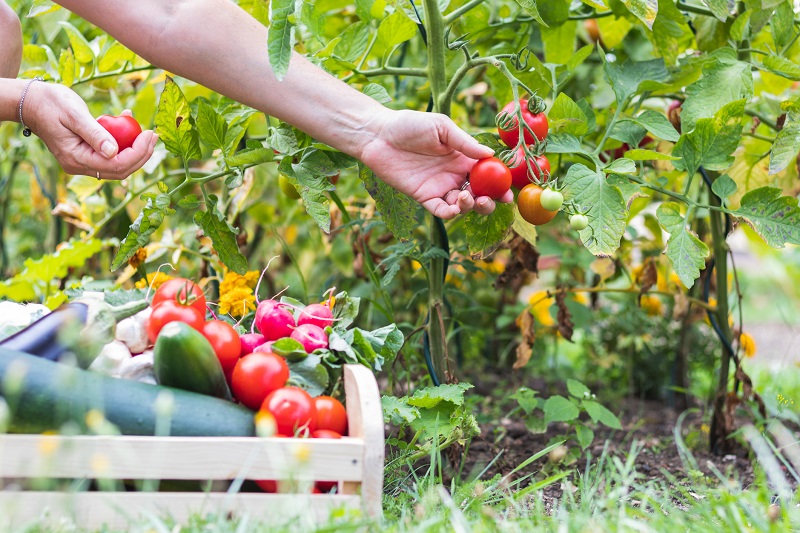
1. Plan Your Meals Around Seasonal Produce
The first step in adopting a seasonal diet is to shift your meal planning from “what do I want to eat today” to “what can I make with what is available today.” Over time, you’ll learn what to expect in each season and begin to anticipate the return of your favorite fruits and vegetables from one year to the next.
When you’re ready to start enjoying your seasonal produce, visit the recipe section of The Leaf, where you’ll find fresh ideas for enjoying a wide variety of fruits and vegetables, all perfect for your seasonal, weight loss diet.
2. Grow Your Own Food
A simple way to try seasonal eating is to plant a garden. Growing fruits, vegetables and herbs is easy no matter where you live, even if you don’t have space. Check out our tips for beginners to help you get started. You’ll see first-hand when the different types of crops ripen and you’ll get to pick them just before you’re ready to eat.
3. Join a CSA
Many small, local farms today offer a subscription service known as a CSA, which stands for “community supported agriculture.” When you sign up, you help support the farmers financially with payments in advance. Then each week or every other week, you get a selection of in-season produce from the farm. CSAs often include other farm-fresh products such as handmade cheese, pasture-raised meats and flowers in their regular orders.
Refer to the USDA Local Food Directory where you can search by zip code for a CSA near you, as well as look for farmers markets and on-farm markets.
Final Thoughts
Seasonal eating isn’t just a trend—it’s a healthier, more sustainable way to nourish your body. By eating what’s in season, you enjoy better-tasting food, save money and support local farmers. Plus, reducing food miles helps protect the environment.
Want to start eating seasonally? Discover the ultimate guide to seasonal produce with the must-read articles below—packed with delicious inspiration for every time of year!

